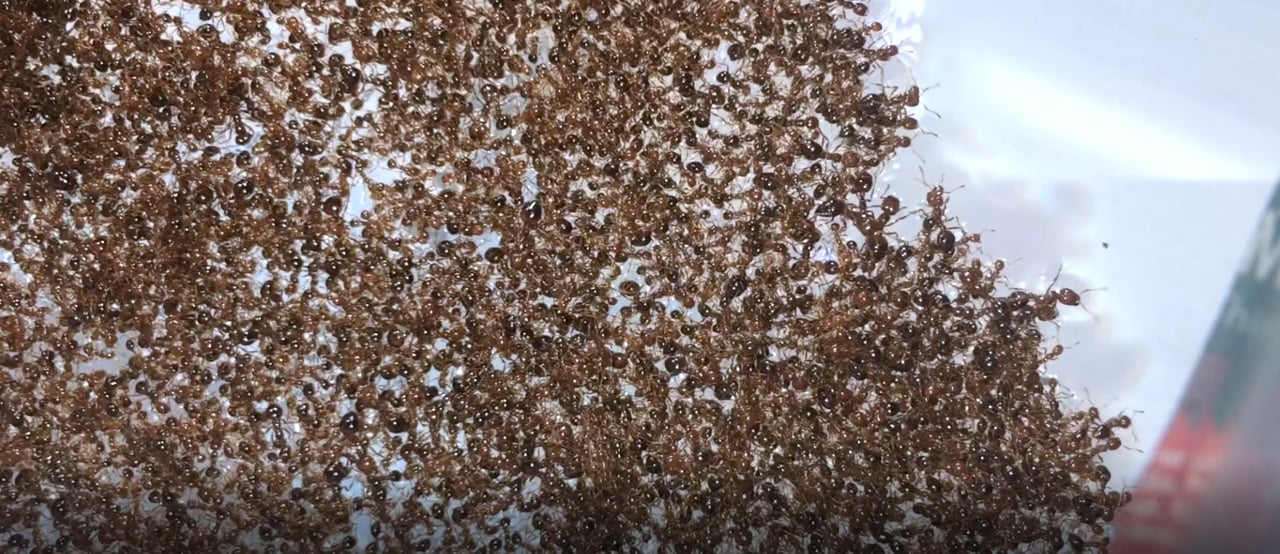"Informed AI News" is an AI-curated publications aggregation platform, ensuring you access only the most valuable information, with the aim of eliminating the information gap and transcending the confines of information cocoons. Find out more >>
Fire Ants' Raft Formation Inspires Resilient Material Design
- summary
- score

Summary: New research at Binghamton University investigates how fire ants form rafts to survive floods. By clinging together, these ants create a buoyant structure that floats on water. Led by Rob Wagner, the study uncovers a unique "catch-bond" behavior where ant bonds strengthen under stress, unlike typical materials that weaken. This adaptability could inspire new materials that self-reinforce under mechanical stress, potentially benefiting fields like biomedicine and robotics.
Explanation:
- Catch-bond behavior: This phenomenon describes how bonds between molecules or entities (in this case, ants) become stronger when subjected to pulling forces, contrary to most materials where bonds typically weaken under stress.
- Biomedical implants and soft robotics: These are fields where materials must withstand varying mechanical stresses. Biomedical implants are devices placed inside the body, and soft robotics involves creating robots from flexible, elastic materials.
Insights: The resilience of fire ants in forming rafts under duress offers a profound lesson in adaptability and collective survival. Wagner's research not only highlights the potential of biomimicry in engineering but also underscores the complexity of natural systems, which often outperform engineered materials. This study could pave the way for smarter, more resilient materials that mimic the self-reinforcing mechanisms found in nature.
| Scores | Value | Explanation |
|---|---|---|
| Objectivity | 6 | Content provides a balanced view of the research findings with comprehensive analysis. |
| Social Impact | 3 | Content sparks some interest in biomimicry and its potential applications. |
| Credibility | 5 | Content is credible, based on scientific research from an academic institution. |
| Potential | 5 | Research has high potential to influence material science and engineering. |
| Practicality | 4 | Findings are highly practical for material development in various industries. |
| Entertainment Value | 3 | Content is moderately entertaining due to its unique subject matter. |